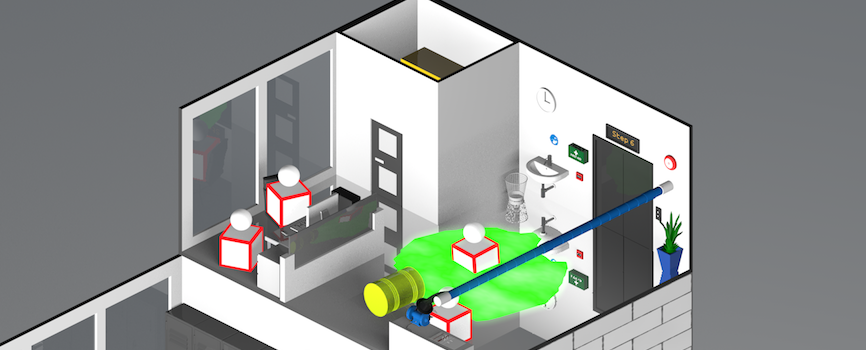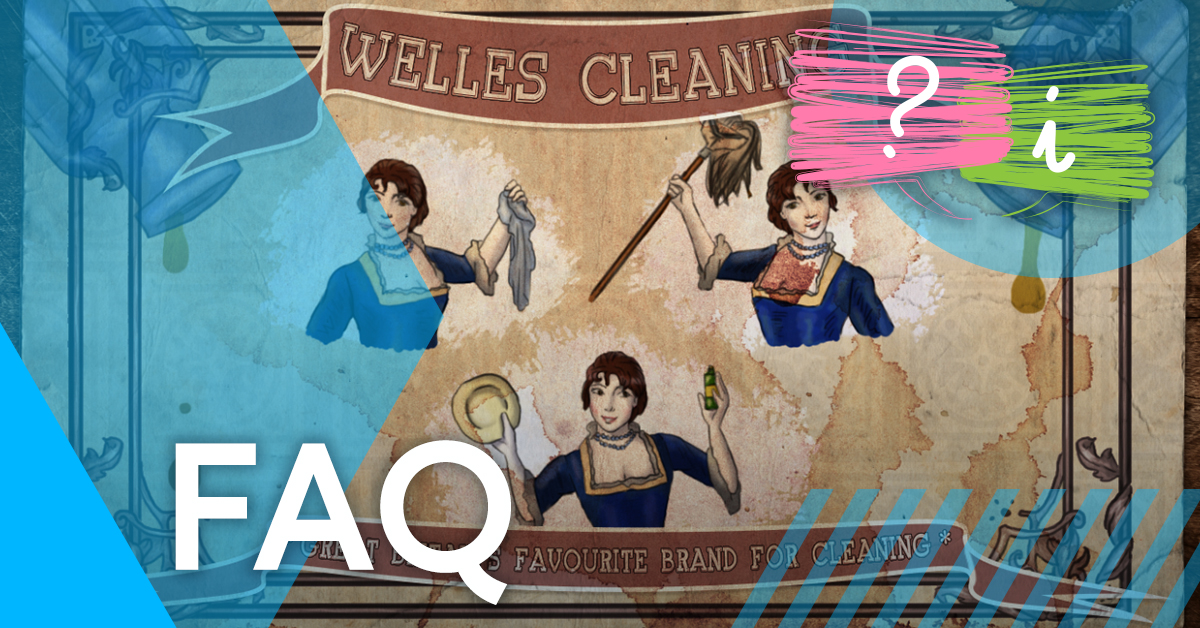Customer Service: A (Not So) Recent Phenomenon
Posted 6 years ago

In recent years, businesses have changed the battleground upon which the war for customers is fought.
Or perhaps it’s more correct to say that customers have changed the way businesses compete to win their loyalty?
Either way, it used to be that if a business wanted to increase its market share it needed to either reduce its prices or improve its product/ increase its product range. And whilst price and product are still important for both winning and retaining customers, increasingly the focus has shifted towards the overall customer experience.
In fact, when surveyed, 86% of customers stated that they’d be willing to pay more for a product if they knew they’d receive better customer service.
With nearly 90% of the top-performing businesses worldwide adopting new strategies for improving their customer service, it’s expected that by 2020 customer experience will completely overtake both price and product as the key brand differentiator.
The oldest customer complaint…
However, the desire for a great customer experience is nothing new. Long-distance commerce (i.e. not just trade within a particular small community) has been going on for at least 150,000 years (and there’s even evidence to suggest that our early ancestors were trading items over 300,000 years ago).
This early trade took place long before humans developed written language, so the only evidence we have is of particular materials, tools, weapons, and jewellery being found in areas far away from their point of origin. However, when written language did arise, it wasn’t long before it was used to express dissatisfaction with customer service.
Held in the British Museum is a clay tablet inscribed with one of the earliest forms of writing – the Akkadian language of Mesopotamia – with what is quite possibly the oldest existing example of a customer complaint, proving the timeless need for customer satisfaction.
The tablet, dating back to 1750BC in the ancient Babylonian city of Ur, describes the dissatisfaction felt by a customer called Nanni who has suffered the poor service of local merchant Ea-Nasir. Nanni had paid for a delivery of fine quality copper ingots which had been repeatedly delayed. When he finally sent a messenger to collect the ore in person he was given poor quality copper ingots and told “if you want to take them, take them; if you do not want to take them, go away!”.
Nanni, infuriated by the poor treatment of his messenger, demands that Ea-Nasir return the money he’s been paid and insists that in the future he will select the ingots he wants in person before paying.
For anyone who has ever spent hours on hold, been involved in a lengthy exchange of emails, or sat waiting in-person to speak with a customer service representative about a poor product or bad service, the plight of Nanni may seem eerily prescient.
What is clear is that whether you’re an ancient Babylonian copper merchant or a modern, multi-national corporation, taking the time to improve customer experience can often mean the difference between an angrily inscribed clay tablet and a lifelong, loyal customer.

Training Made Simple in the Babylonian Cuneiform Alphabet – create your own here!

James Kelly
Senior Scriptwriter
Related articles



Opt-in to our newsletter
Receive industry news & offers
